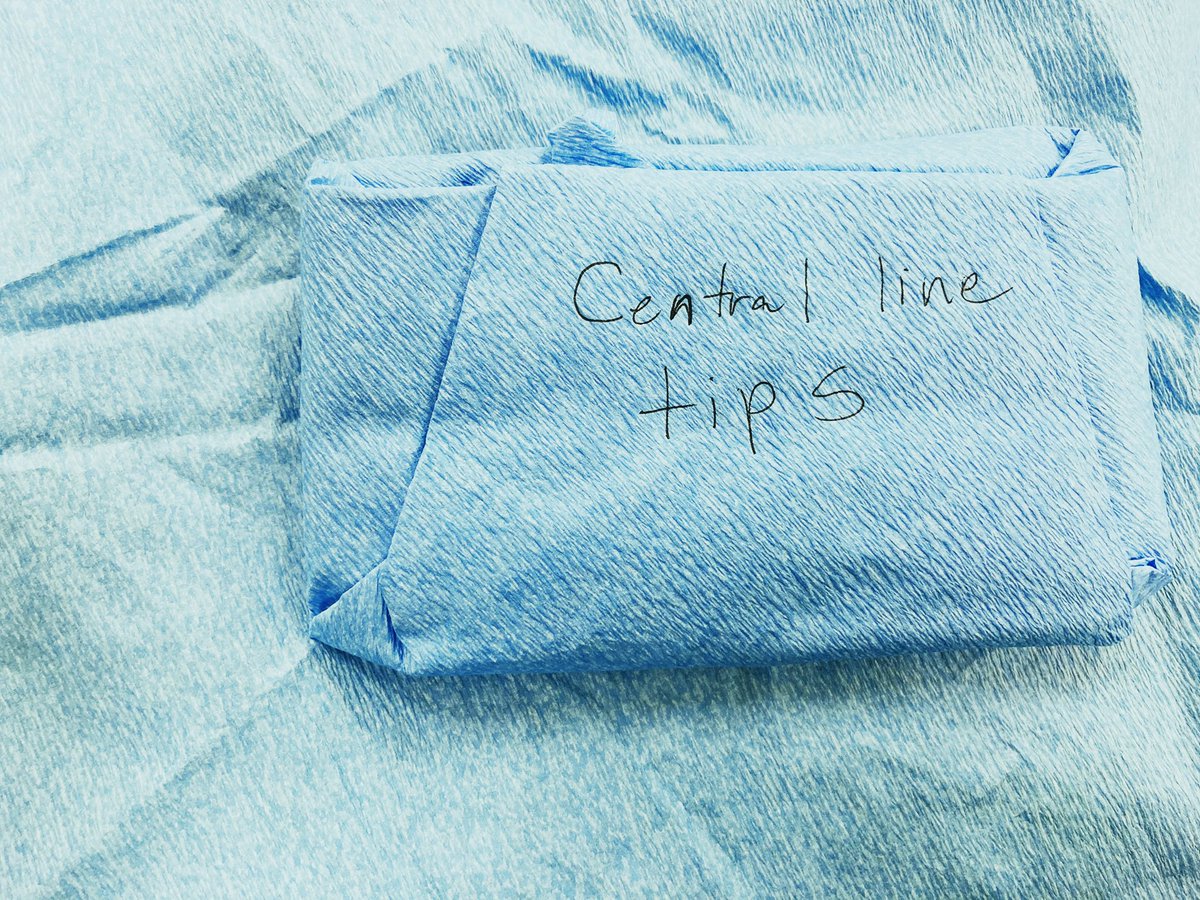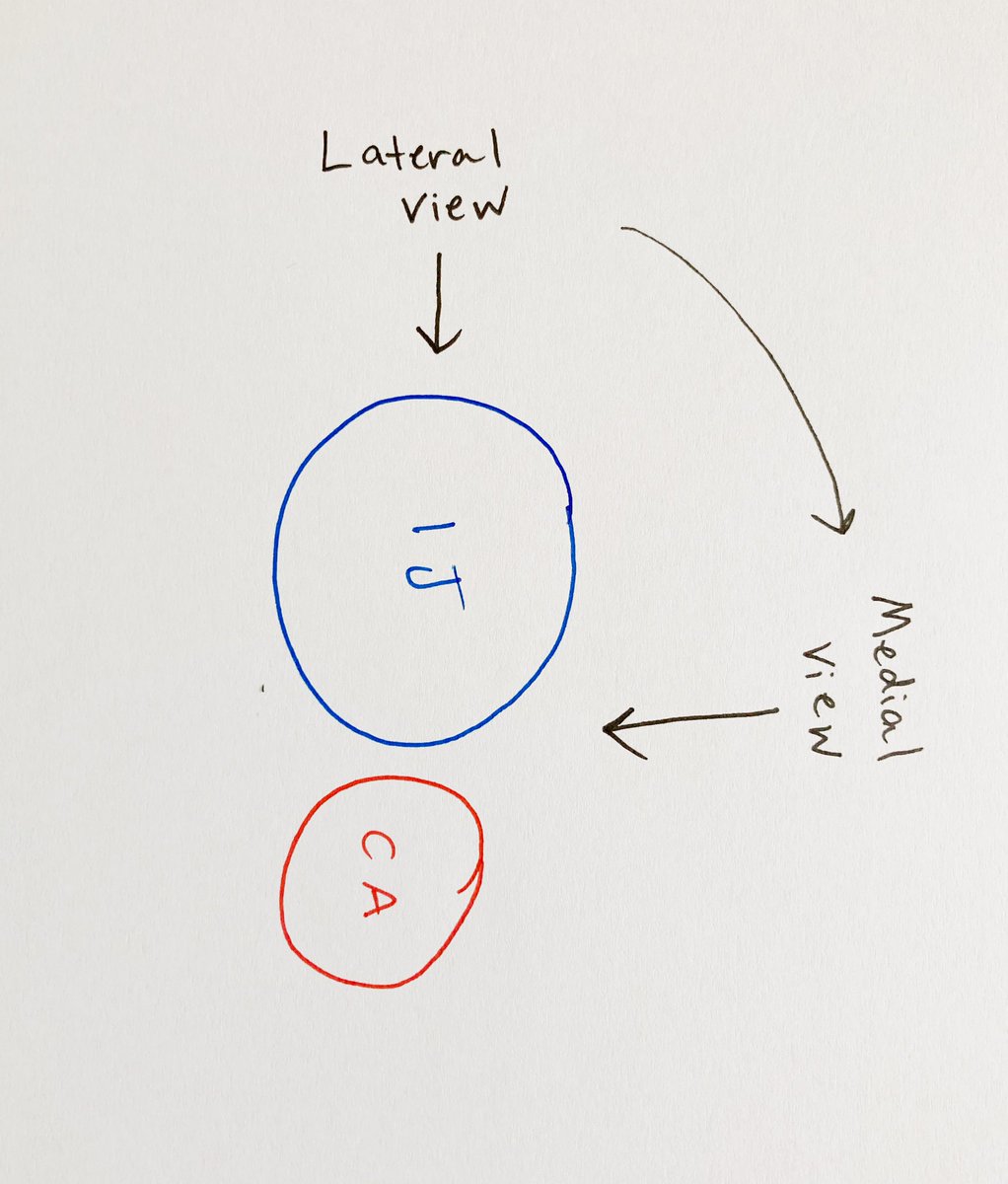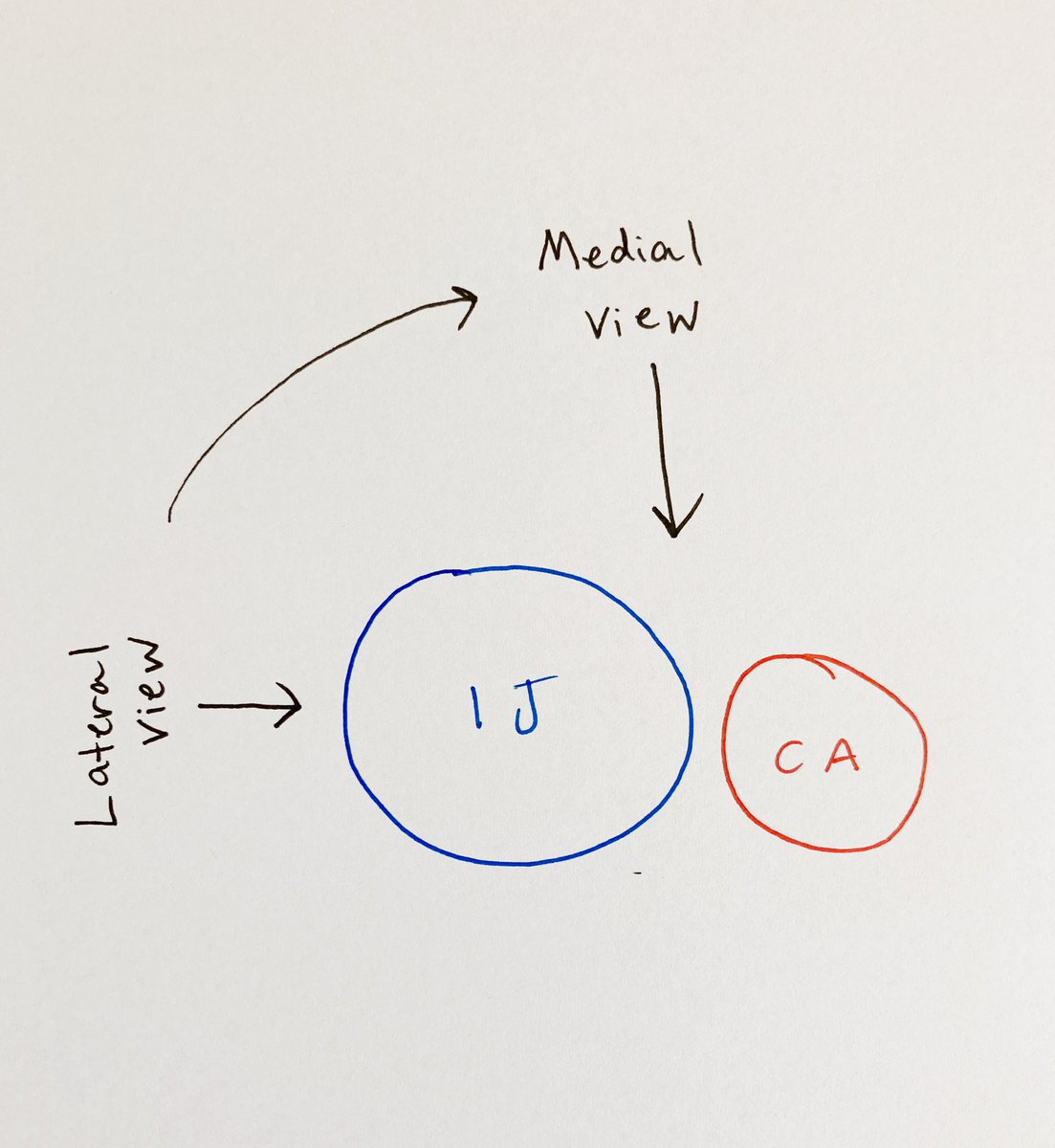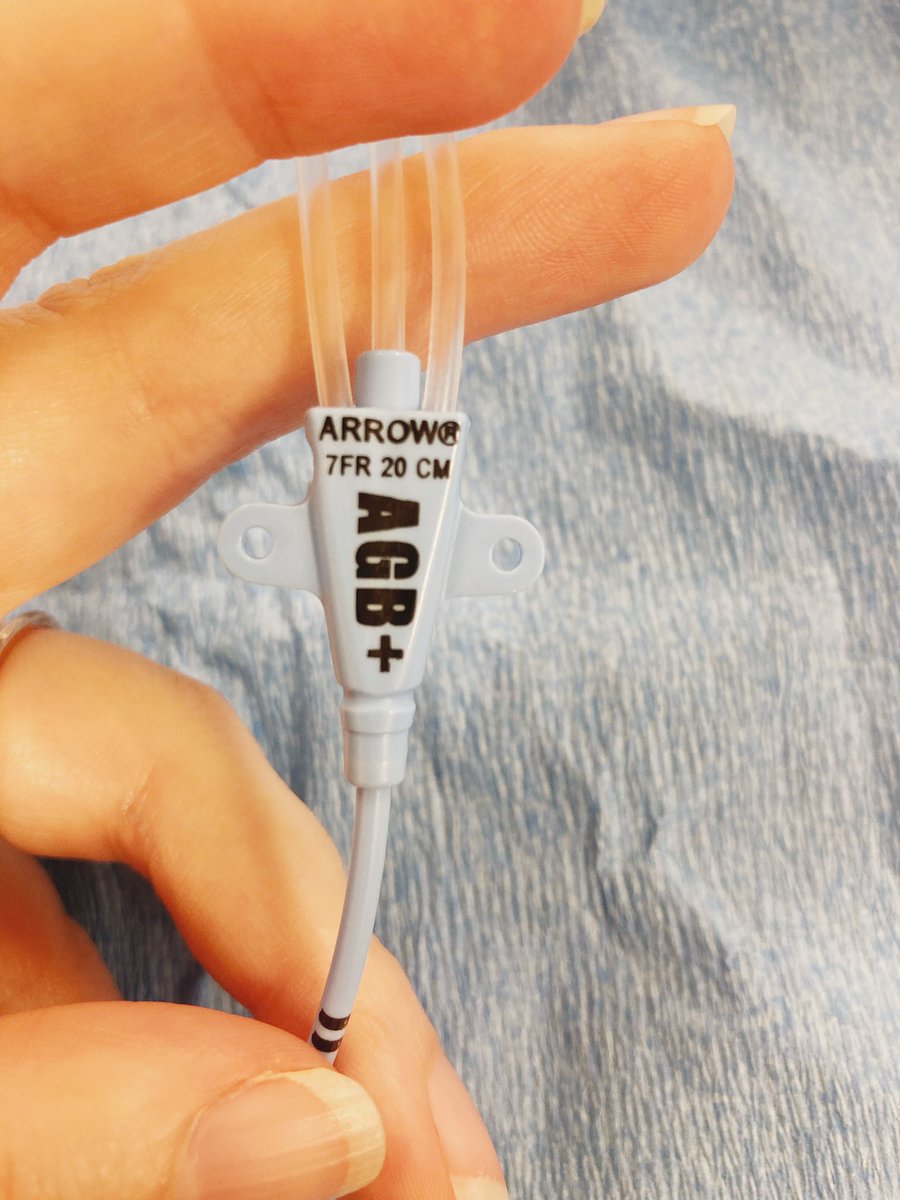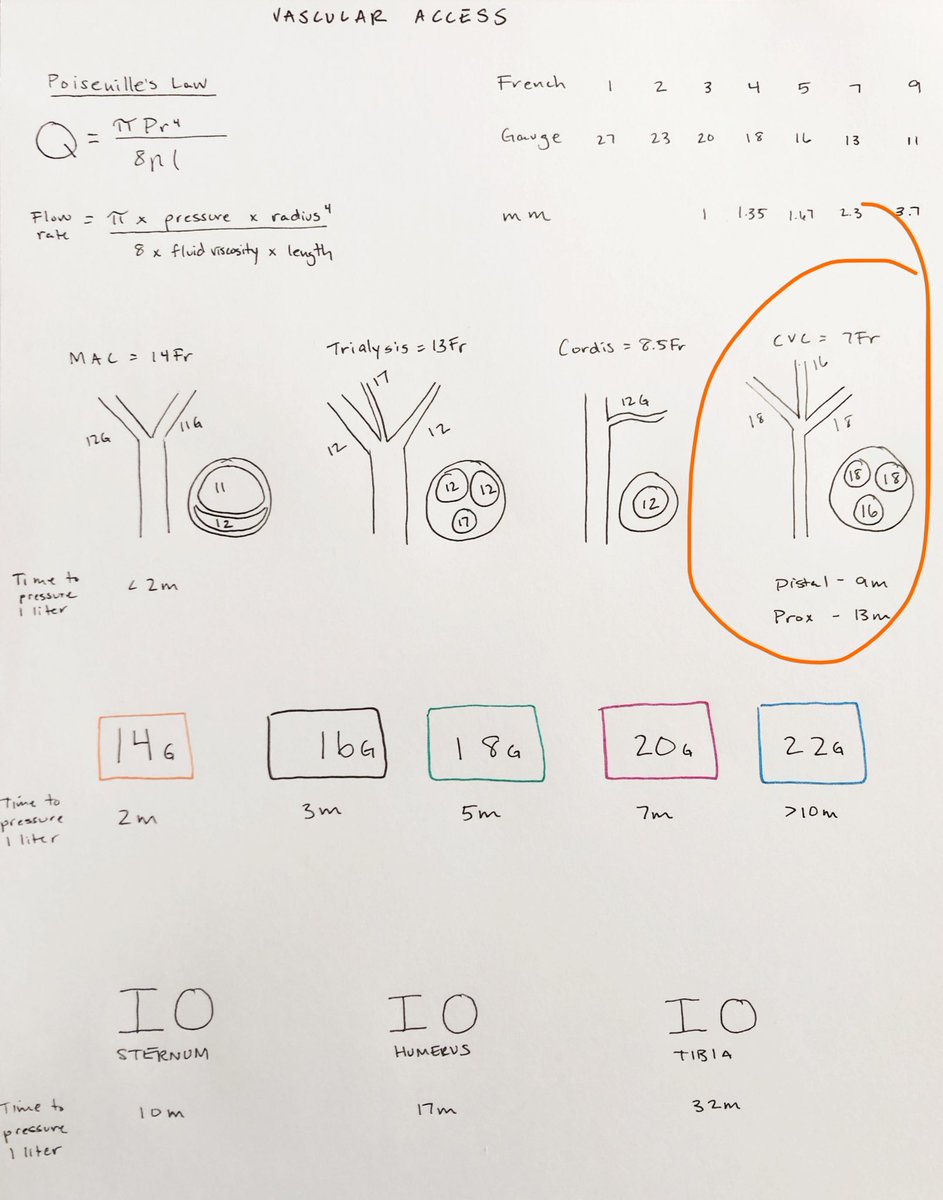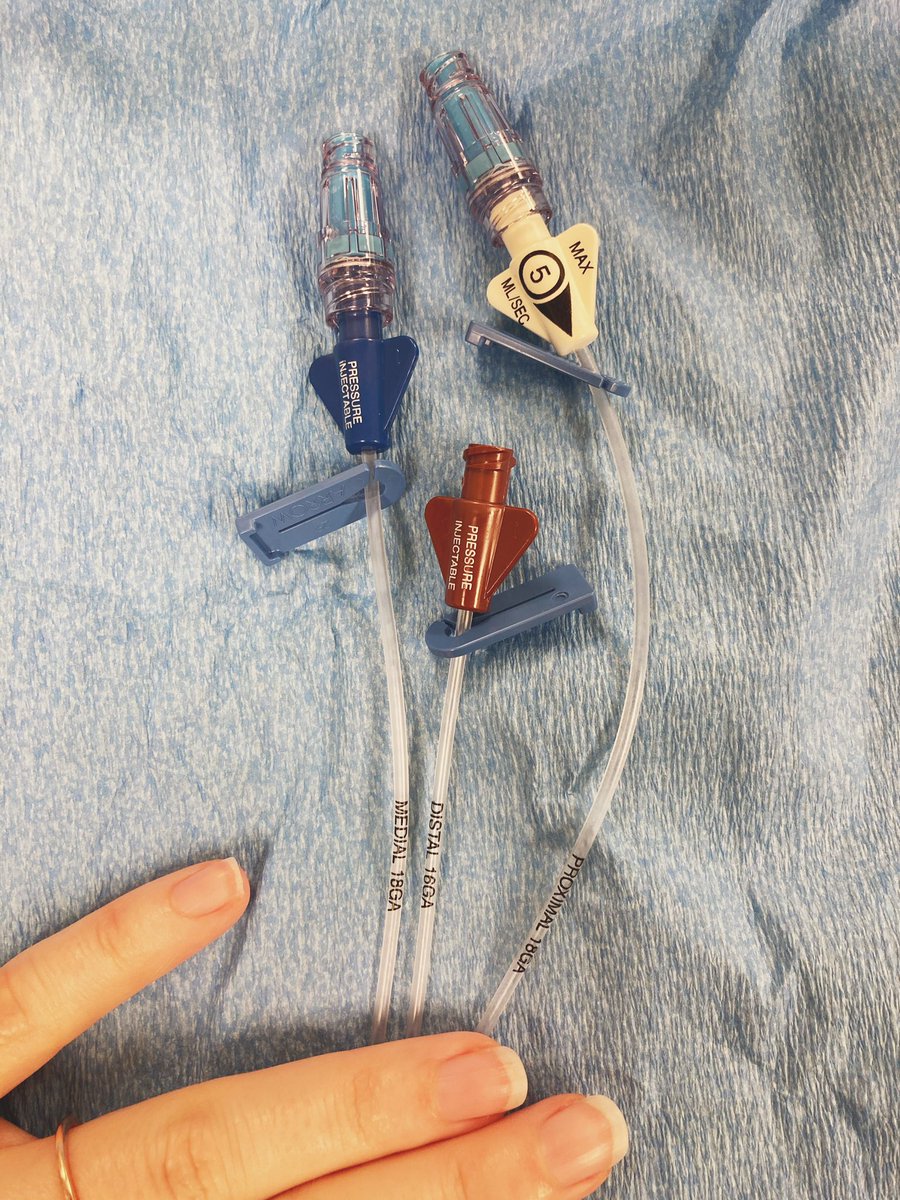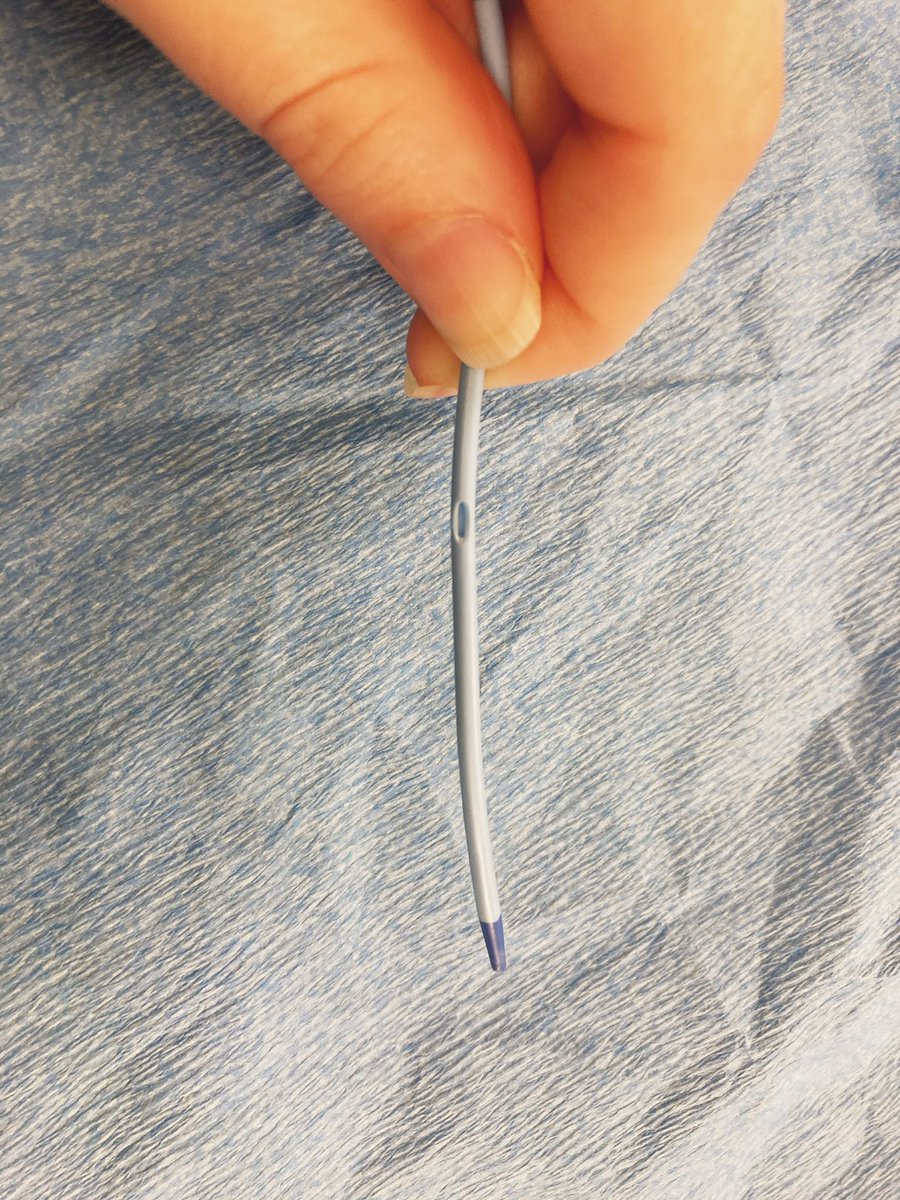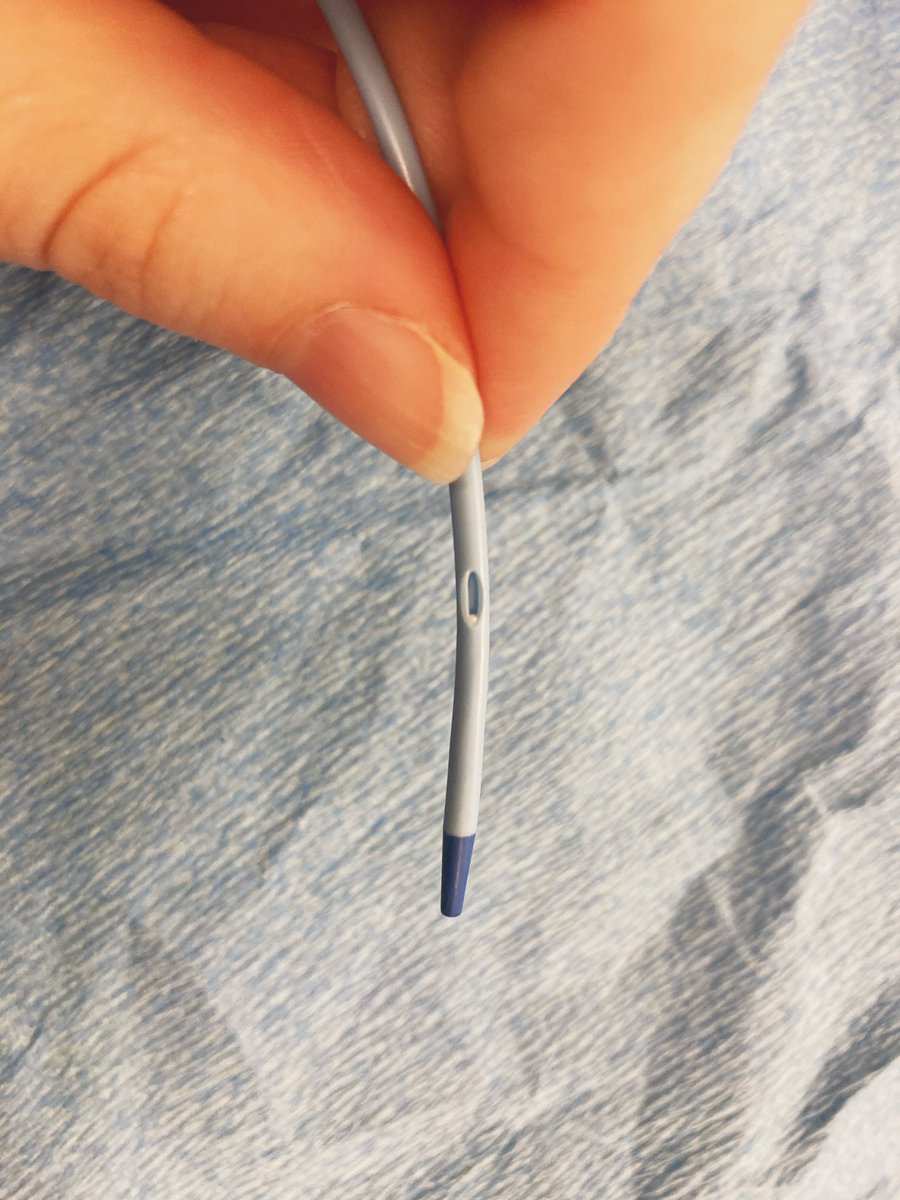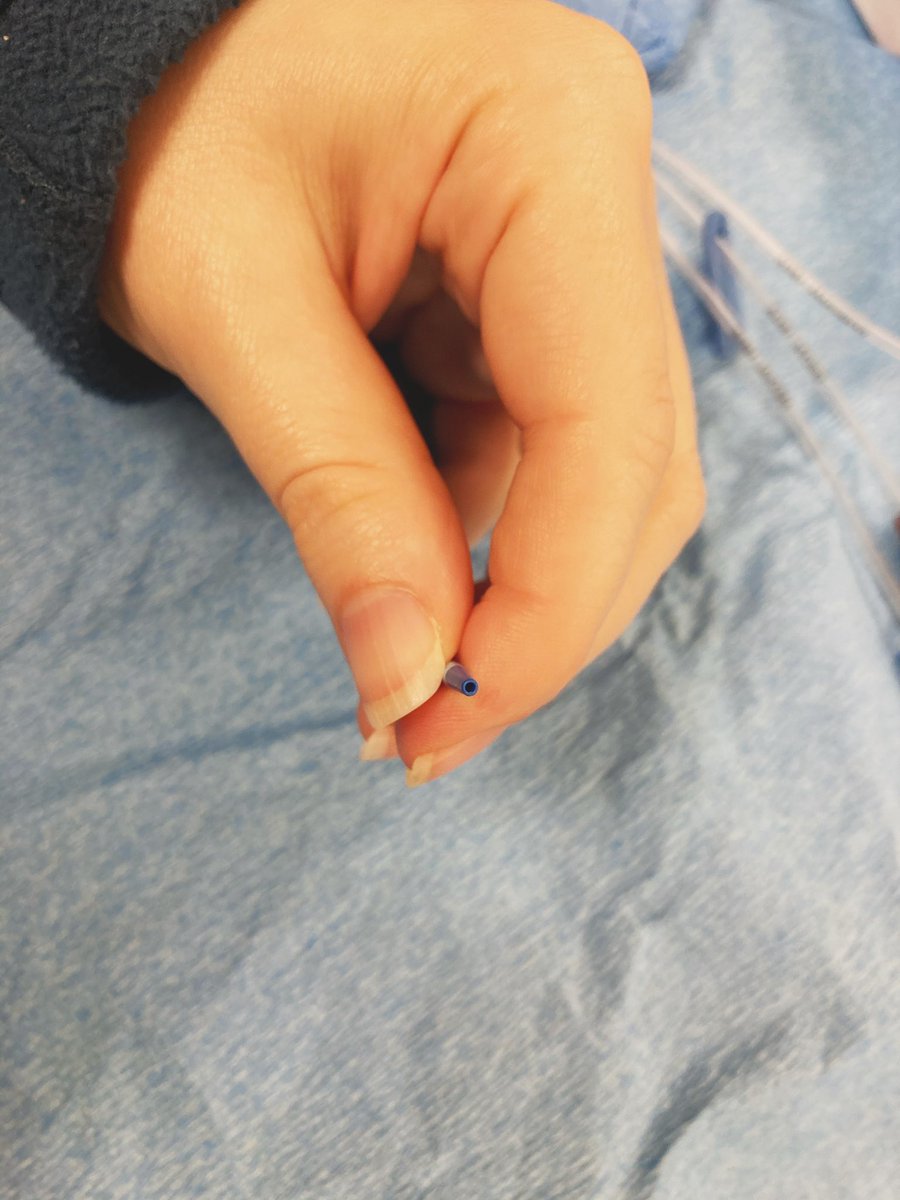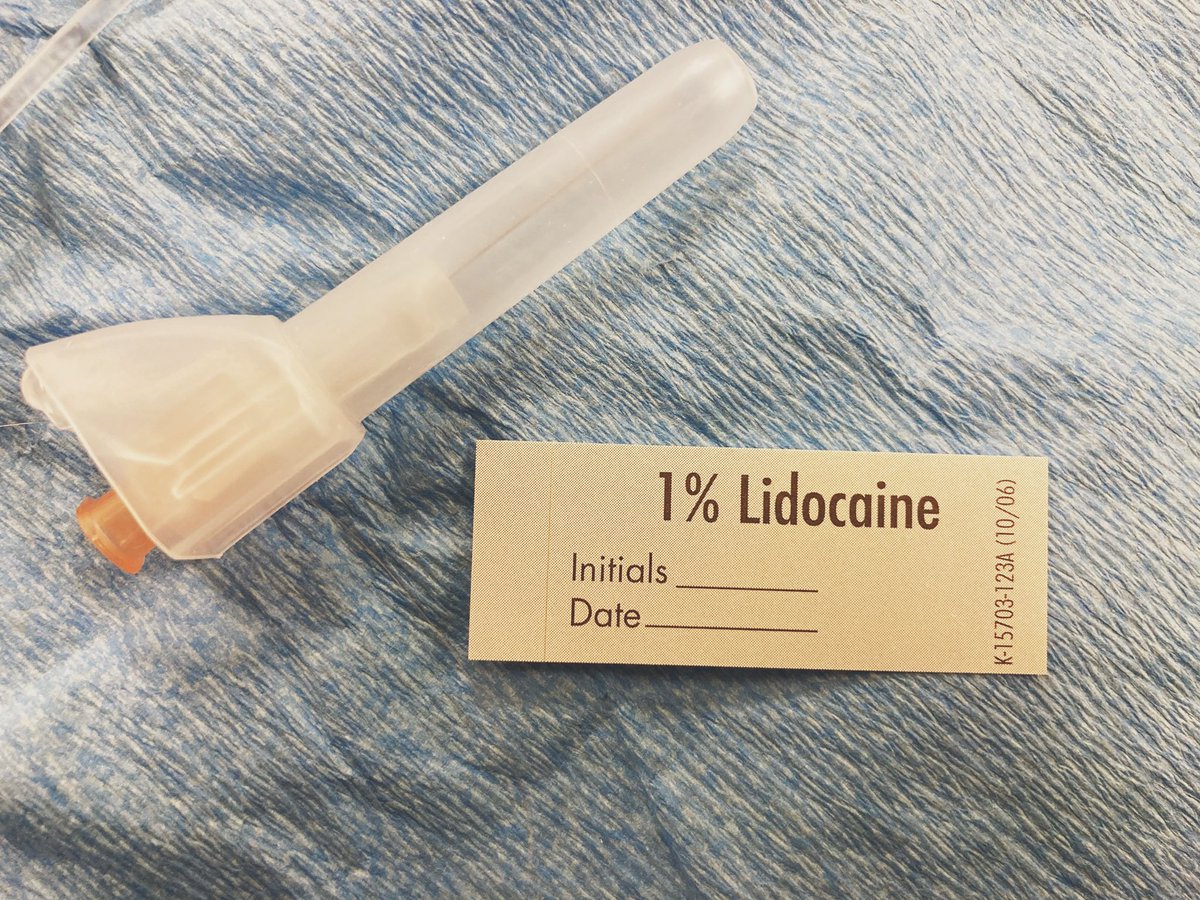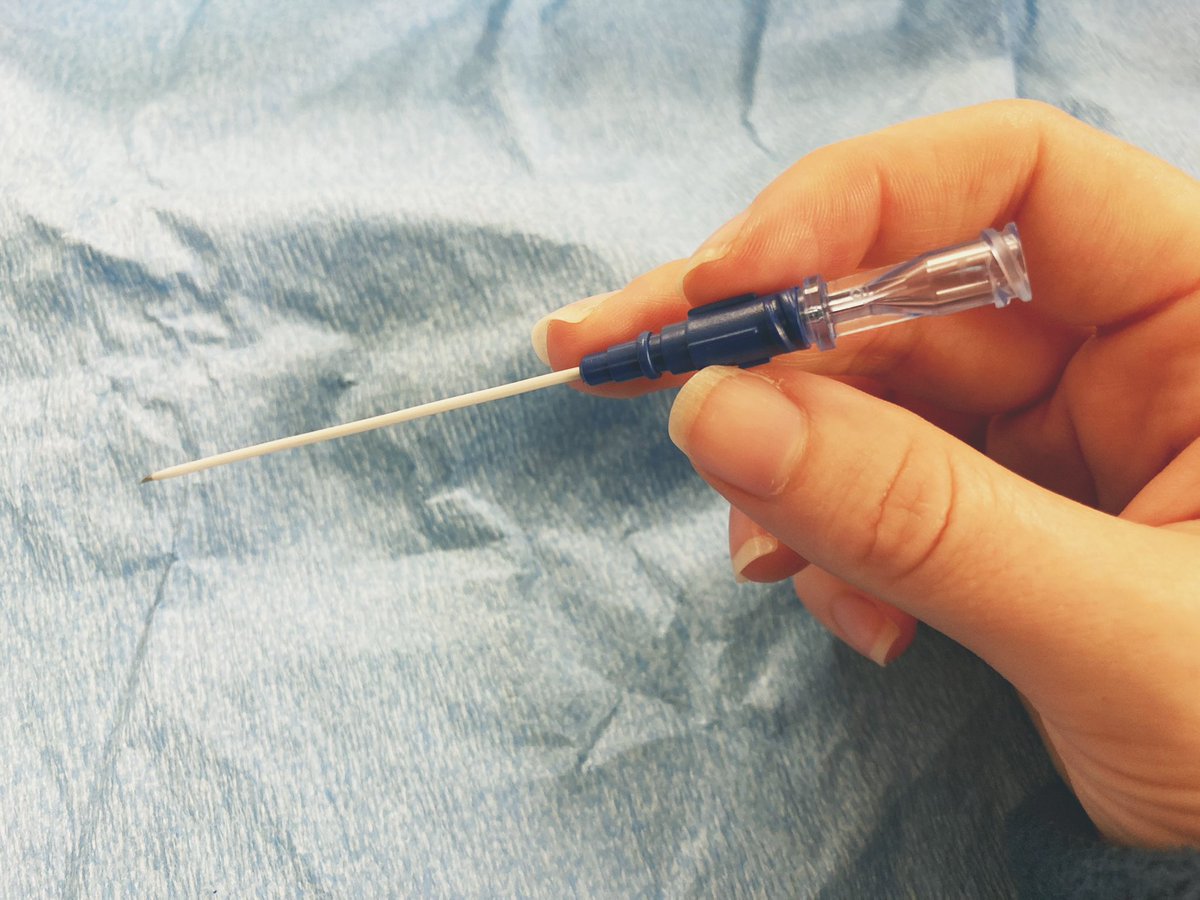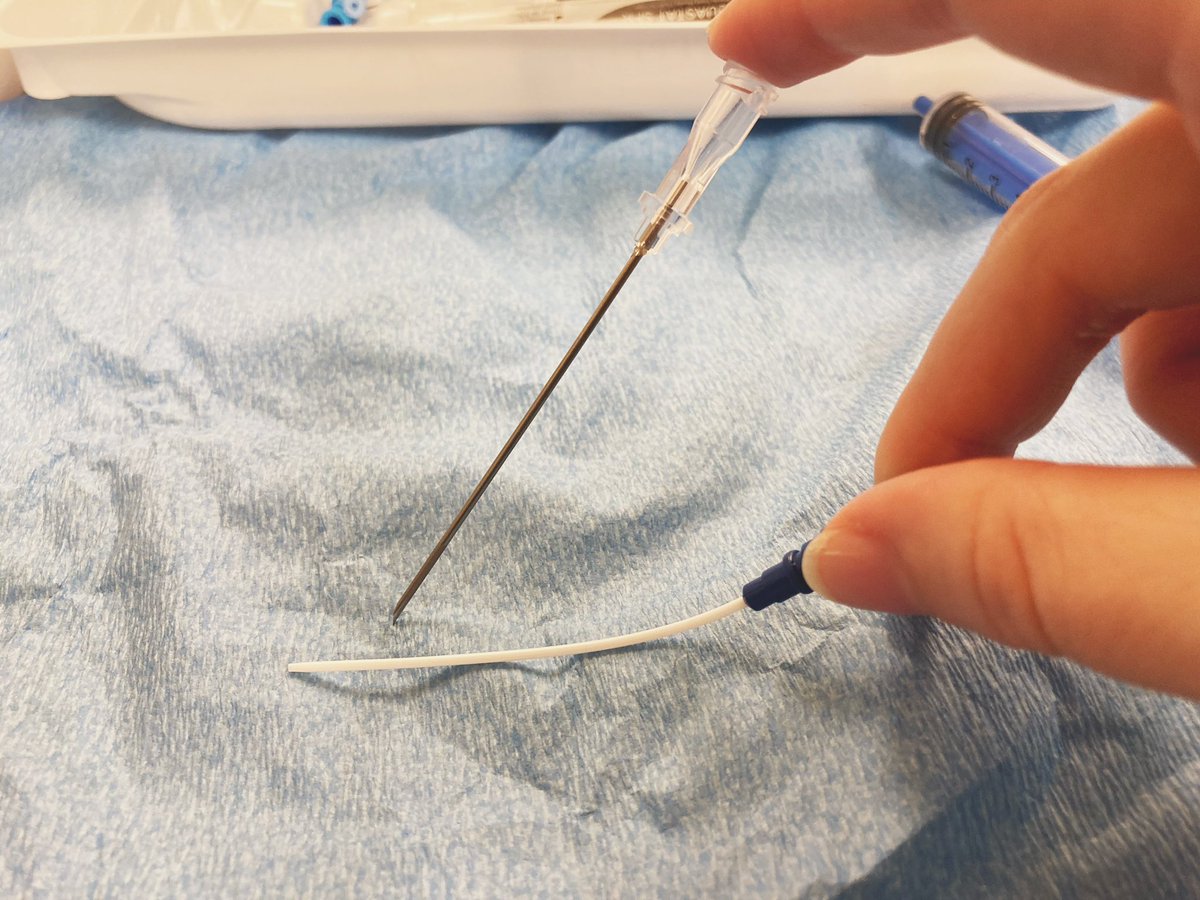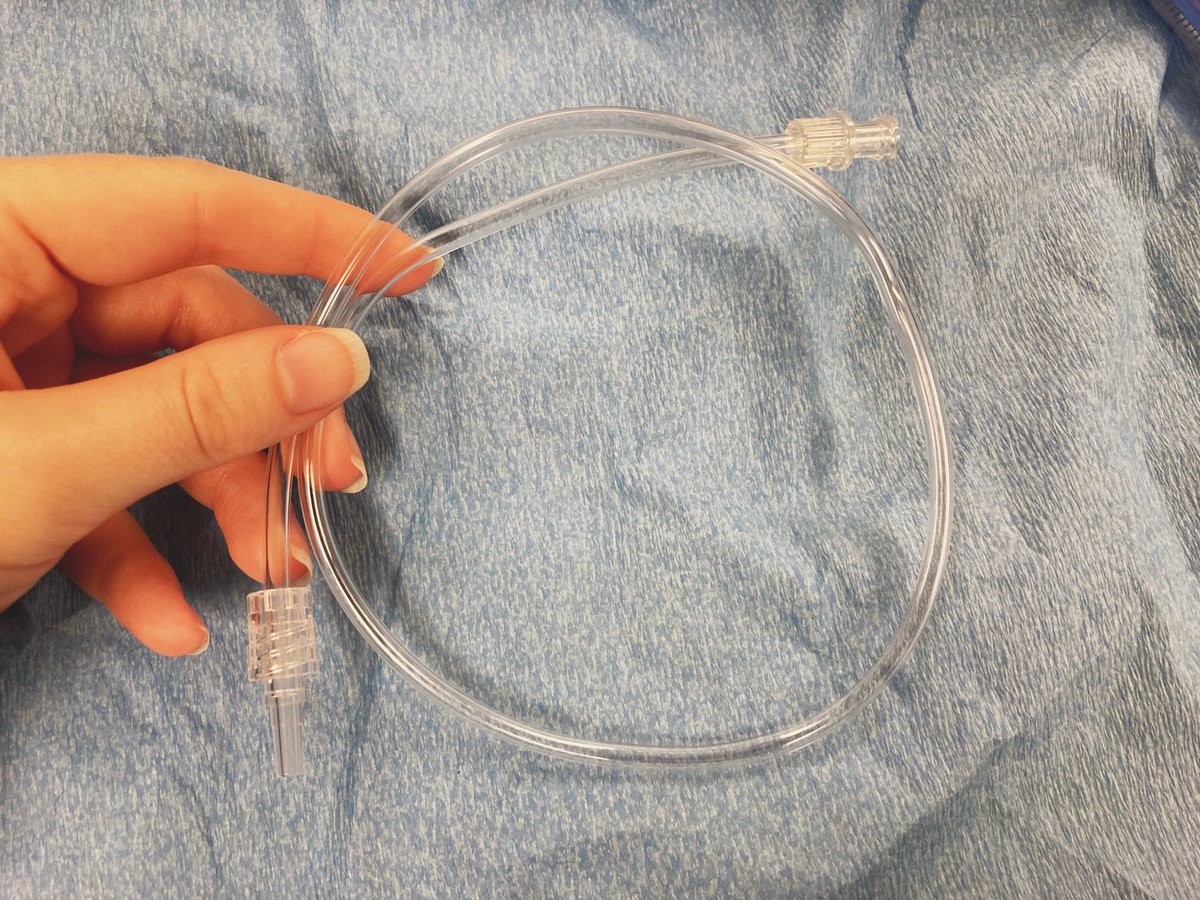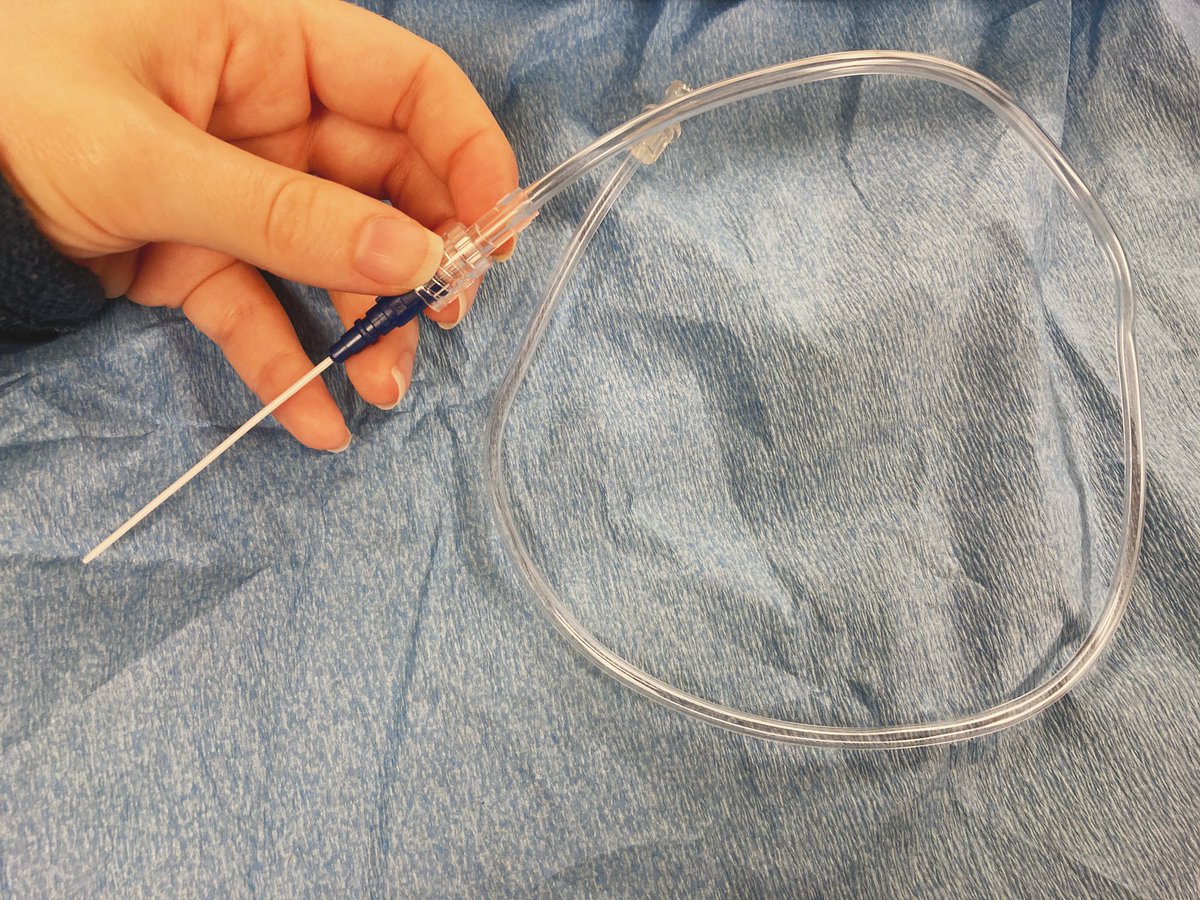Sometimes the little extras make the difference in getting the line or not getting the line.
This not a how to. These are some tips and tricks that people have taught me over the last 2-3 years, and that I teach to residents.
All additions, corrections, and comments welcome!
This not a how to. These are some tips and tricks that people have taught me over the last 2-3 years, and that I teach to residents.
All additions, corrections, and comments welcome!
The first thing I always teach people is how to gown themselves, because you won’t always have someone close by who can fasten you up in the back.
*enjoy my night shift, bouffant on and off all night frizzy hair
*enjoy my night shift, bouffant on and off all night frizzy hair
Nobody likes it when the carotid is directly behind your IJ (first picture).
If this happens, slide your probe more medially on the neck (second picture). This can help separate them out.
If this happens, slide your probe more medially on the neck (second picture). This can help separate them out.
Vessel too small?
Try some trendelenburg and if your patient is awake, ask them to valsalva when you’re ready to stick (demonstrated here by POCUS wizard @katiewiskar). https://twitter.com/katiewiskar/status/1052352879443492864
Try some trendelenburg and if your patient is awake, ask them to valsalva when you’re ready to stick (demonstrated here by POCUS wizard @katiewiskar). https://twitter.com/katiewiskar/status/1052352879443492864
The standard CVC that I’ve worked with is a 7 french triple lumen. I like 16cm for the RIJ and for LIJ in not large humans, and 20cm for fem or for taller people.
It has three lumens—two 18 gauge side ports and a 16 gauge distal port (the brown port, where your wire will come out).
I have developed the habit of flushing the line before I start and making sure I know which is the distal port. Can be NOT the brown port in some lines.
I have developed the habit of flushing the line before I start and making sure I know which is the distal port. Can be NOT the brown port in some lines.
I do the same routine every line whether the patient is sedated or awake. This helps me not forget stuff.
I prep, then drape when I’m ready to stick (the drape makes people hot and anxious).
I always lidocaine under ultrasound—gives me the opportunity to catch a flipped probe.
I prep, then drape when I’m ready to stick (the drape makes people hot and anxious).
I always lidocaine under ultrasound—gives me the opportunity to catch a flipped probe.
Ahh, the angiocath. 
I use this on any line that looks difficult, or collapsible, or has a lot of respiratory variation.

I use this on any line that looks difficult, or collapsible, or has a lot of respiratory variation.
It’s a little catheter over a needle, and the technique (NOT shown here on my one handed video) is similar to doing a thora or a para—once you get flash, you don’t advance your needle further you just advance the catheter off the needle into the vessel and then remove your needle
When there’s lots of resp variation, the angiocath can’t accidentally pop out the back after you’ve put down your US to thread.
The AC courses with the vessel, so the angle of your wire entering the vessel isn’t steep (can help if you are having trouble threading the wire).
The AC courses with the vessel, so the angle of your wire entering the vessel isn’t steep (can help if you are having trouble threading the wire).
If you get the wire in and you’re unsure it’s in the vein even after US, you can thread the cath over the wire, remove the wire, and use the tubing to do a Fabian*
*I’m told a Fabian is called tube manometry everywhere else and I’m starting to think my hospital made this name up
*I’m told a Fabian is called tube manometry everywhere else and I’m starting to think my hospital made this name up
To do this, connect the tubing to your AC while it’s in the vessel. Drop the free end down a little to let it fill about half way with blood, then raise it up. It should slowly fall down the tubing. If it continues to rise, you’re probably in an artery.
Thread broke! Here’s the rest.
https://twitter.com/emily_fri/status/1295068695199449088?s=21 https://twitter.com/emily_fri/status/1295068695199449088
https://twitter.com/emily_fri/status/1295068695199449088?s=21 https://twitter.com/emily_fri/status/1295068695199449088

 Read on Twitter
Read on Twitter